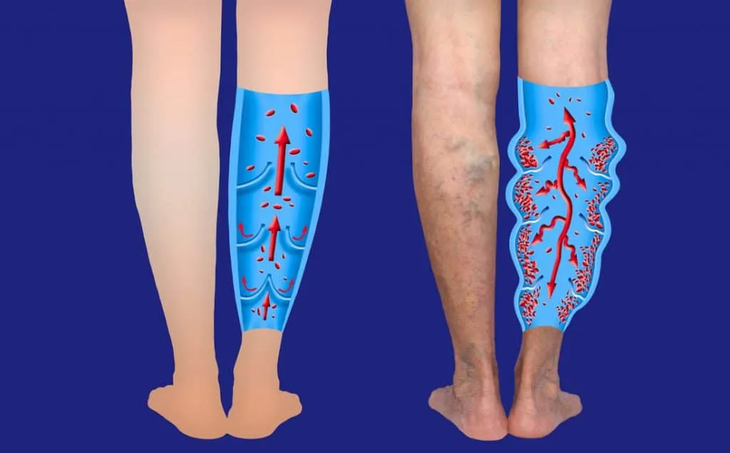The US president was studied to rule out thrombosis or other more severe paintings. It is a condition in which the legs of the legs do not make blood return to the heart.
The president of the United States, Donald Trump, It was diagnosed with chronic venous insufficiency. It is a condition in which The legs of the legs do not make the blood return to the heart correctly, although it is considered “benign and current.”
The content you want to access is exclusive to subscribers.
As Johns Hopkins Medicine explains, this insufficiency affects 1 in 20 adultswith greater prevalence in people over 50 years. Donald Trump, 79belong to the highest risk group.


The Cleveland clinic indicates that this condition occurs when The veins are damagedeither by age, family history, smoking, obesity, sedentary lifestyle or previous injuries.
Chronic venous insufficiency.webp

The chronic venous insufficiency suffered by Donald Trump is considered “benign and current.”
Although the blood clots They are a possible cause, They were discarded After studies to the former president.
Among the most frequent symptoms are: Swelling in legs and ankles, trench, pain that yields to rest, discolored skin, cramps and restless legs syndrome.
How Donald Trump’s chronic venous insufficiency diagnosed
As detailed by the White House spokeswoman, Karoline Leavittstudies were conducted to rule out thrombosis or other more severe paintings.
“President Trump noticed a slight swelling at the bottom of the legs as part of his usual medical care”the official explained at a press conference, where she also shared a note from the presidential doctor.
Doppler vascular studies and ultrasound They did not detect signs of deep vein thrombosis or arterial disease, as reported.
In addition, the spokeswoman clarified that The small bruises which were observed in Trump’s hands in recent photographs are due to a slight irritation by handshakeexacerbated by the consumption of preventive aspirins For cardiovascular problems.
Source: Ambito




